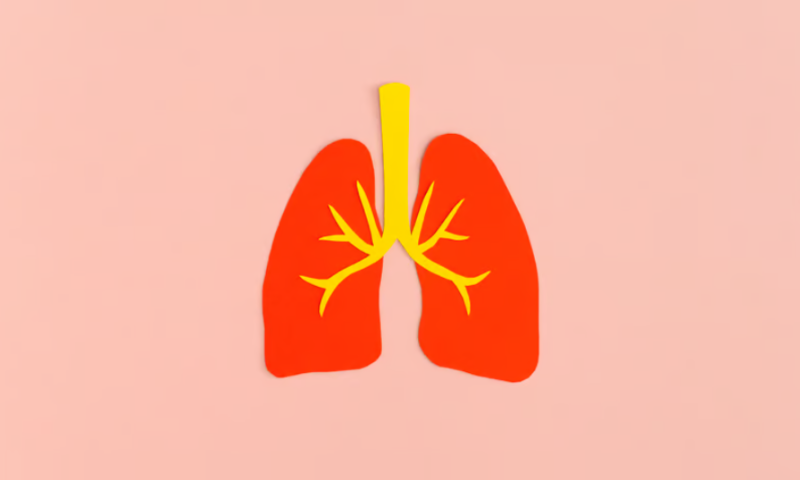Paragonix Technologies has taken another step forward in reshaping how donor organs are kept viable as they criss-cross the country.
The company has received a green light from the FDA for its lung preservation system BAROguard. To simply describe it as an upgrade over the traditional ice-packed, off-the-shelf cooler is an understatement.
The device actively works not only to maintain a gentle cold temperature but also to control the air pressure within the lungs’ inner passageways to keep them properly inflated.
Donor lungs are typically pumped up with air as they are transferred to a transplant recipient, but pressure can vary during transport—especially during air travel—which can cause trauma to the tissue.
“At Paragonix, we believe that transplant surgeons should have maximum control over the organ transplant process,” President and CEO Lisa Anderson said in a statement. “BAROguard now offers automated active control over donor lung airway pressures and automated donor lung temperature control, both of which are continuously reported out in real-time to the transplant team.”
Last year, Paragonix reported that its previous lung transport system, LUNGguard, was able to shepherd a donation from Alaska to a patient waiting in North Carolina—a 13-hour journey spanning 4,788 miles.
Shaped like a small, rolling cooler, the LUNGguard encased the organs in three plastic bags while maintaining near-freezing temperatures without the use of ice; it did not have an active air pressure component. It has already been used to transport more than 500 organ donations, according to the company.
With BAROguard, Paragonix and its transplant center partners will be examining the effect of maintaining consistent air pressure during organ transport through a registry study.
Earlier this year, the company presented two studies—following LUNGguard and its heart-focused SherpaPak—saying the data showed its technology could potentially expand the available pool of donors to situations that might not otherwise meet transplant criteria and that better-preserved organs can lead to better long-term health outcomes among recipients.

